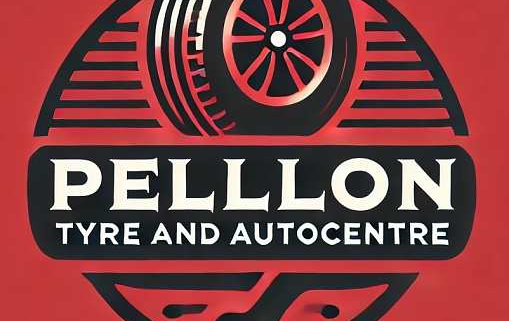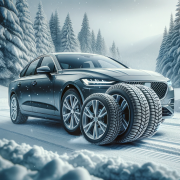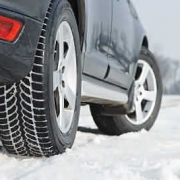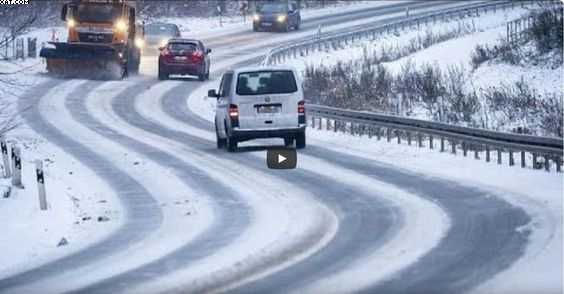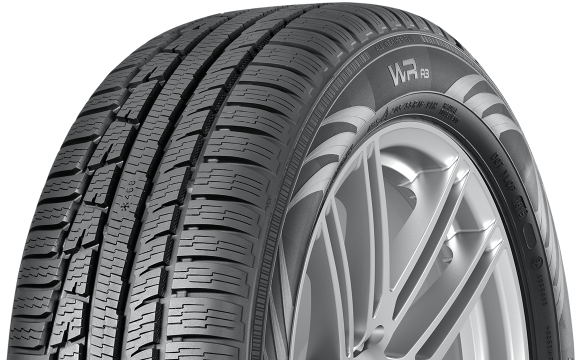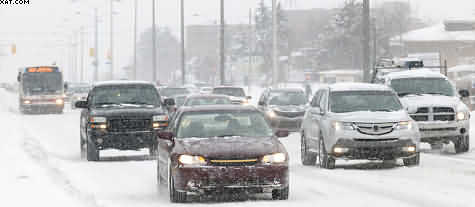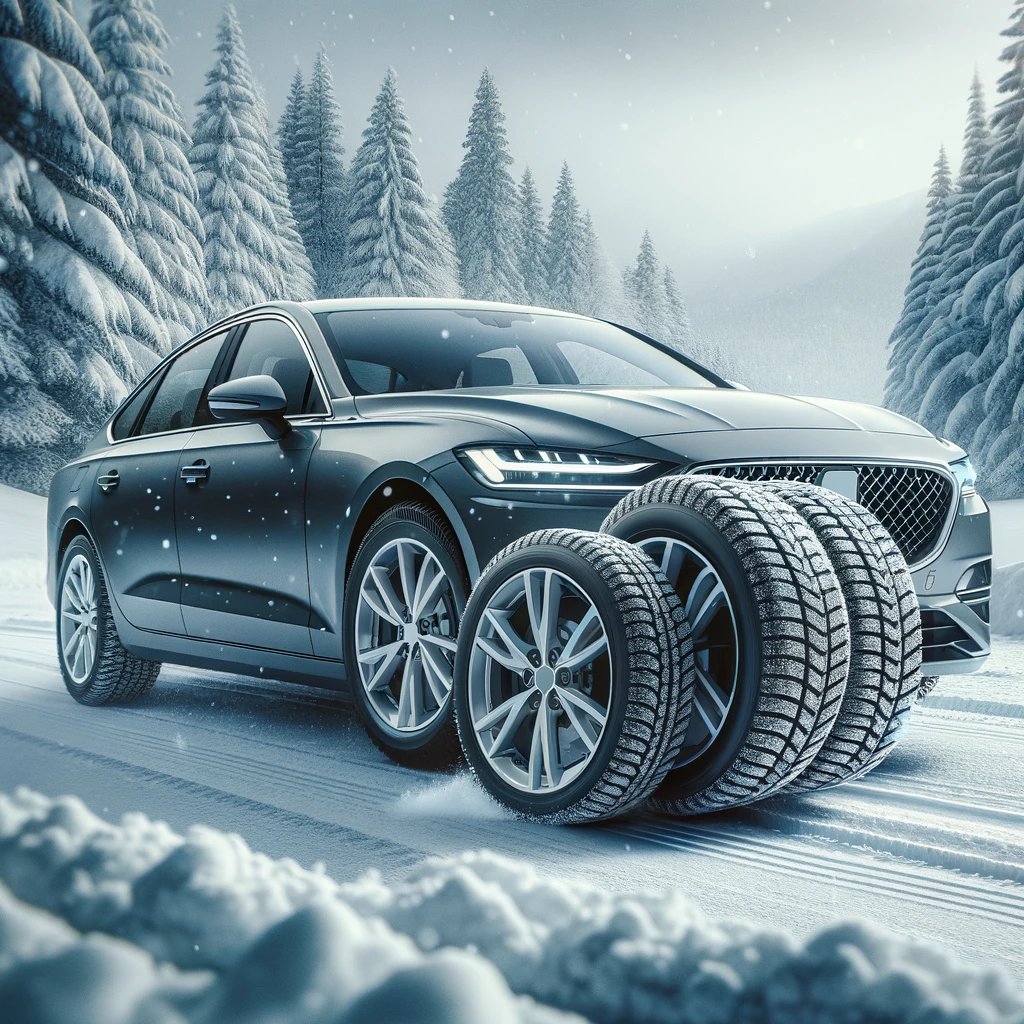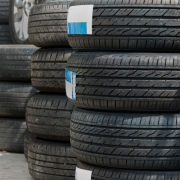Which Tyre Choice
Which Tyre Choice

Which Tyre Choice
New tyres, remoulded tyres or part-worn tyres? Which Tyre Choice
To start off this article, Which Tyre Choice? I am going to say that, in my opinion. So, you is better to use remoulded tyres (re-tread tyres have a new tread bonded to the old carcass remould tyres area full bead to bead re-mould ). As a result, instead of purchasing unregulated, part-worn tyres,. If the worn parts are sold under the 1994 laws that govern worn tyres, then that is fine. The 1994 legislation comes under the following law… The legislation
The Motor Vehicle Tyres (Safety) Regulations 1994. Set out minimum safety standards for the supply of part-worn tyres. To comply, it is important that you and your staff are fully aware of these Regulations.
“Under the Regulations. it is illegal to supply any part-worn tyre that is capable of being fitted to a motor vehicle or trailer unless the conditions detailed below are met”..
Which Tyre Choice: The full law can be seen on the following link: http://www.legislation.gov.uk/uksi/1994/3117/regulation/7/made
This only applies to the UK, of course; the States will have their own legislation. Remould tyres are a good substitute for older vehicles and vehicles that go off-road. Rubber tyres were, at one time, very popular. Older cars and vans and the increase in cheap imported new tyres from China. So, put an end to many remoulding companies here in the UK.
Another good point about moulds. As a result, most aircraft tyres (large and small) are remoulded. Of course, the same applies to trucks. Many of the trucks that you see hurtling down the highway. Will be fitted with remoulded or re-tread tyres. You may have noticed the strips of tread. That are discarded at the side of our motorways; these are the tread that have stripped off the tyre carcass, usually due to the tyre having a puncture or being run underinflated, which has caused it to overheat and therefore come apart.
Which Tyre Choice: New tyres are what they are
brand new tyres and, therefore, will be extremely safe to use .the failure rate of new tyres is very low; in fact, I have not seen a genuine faulty tyre for a few years now. Remould tyres are also very well made by the few companies that remain making them; the failure rate for car and van tyres is a bit higher than new tyres, but still not worth bothering about. As I said earlier, the problem I have is the sale of un-regulated, worn tyres; otherwise, you will be safe on new or remould tyres. For further tyre choice and tyre safety information, see www.tyresafe.org
So, in my opinion,
properly governed and legal part worn tyres have a part to play when funds are running low, as in the Corona Virus.
- MOT Tests Book Early
- Car Suspension Noises
- Engine Carbon Clean Service: Pellon Autocentre in Halifax UK
- Falken Safety Winter Tyres
- Audi A1 Brake Problems Solved
